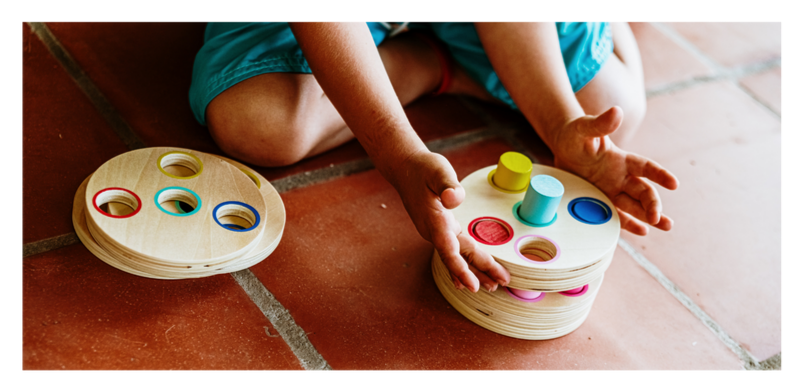MATH STRUGGLES-HOW POOR SPATIAL AWARENESS COULD INEVITABLY CAUSE THIS?
- Merrin Phillip
- Jul 6, 2022
- 2 min read
What is Visual Perception?
Visual perception is the ability of the child to interpret and make sense of what they are seeing. Visual perceptual ability is completely different from the vision test we usually go for, which assesses how clear we can see things and is called ‘visual acuity’.
Visual perception includes sub-skills such as:
The ability to tell where objects are in space (spatial processing)
How long you can focus on visual information (visual attention)
How well you can spot similarities and differences in objects (visual discrimination)
The ability to recall what you’ve seen before (visual memory)
How well you can remember sequences (visual sequential memory)
Ability to locate something in a clustered background (visual figure-ground)
How to write legibly (visual closure)
Math and Visual Perception

Mathematics is not just about numbers, counting or understanding geometry. There is another major factor that plays an integral role in early math success: visual perceptual skills. In order for children to solve math problems, they use strategies that involve mental number lines, geometric figures, and information about locations in space. Research studies prove that visual-spatial working memory is a foundational cognitive skill for supporting early numeracy knowledge, which then supports later math achievement.
Math-related spatial processing can include some of the following skills:
Understanding how positions of objects relate to each other: the car is ‘inside’ the garage, or the basket of fruits is ‘next’ to the microwave
Understanding how simple and abstract shapes look
Understanding how 2 parts form another shape: If 2 triangles are put together, they would make a rectangle
Writing numbers or letters without reversals
Understanding left and right (directionality)
Sequencing numbers in math problems
Copying numbers from the whiteboard onto the paper
Picking out important clues from a math problem
How can you support your child to develop visual-spatial skills at home?

Using spatial talk: use descriptive language to explain spatial concepts and dimensions. E.g. - “You climbed up the ladder, went over the bridge and now you are under the monkey bars”.
Talk about space while you are reading a book: E.g. - “that elephant is really tall and is standing behind the tree.”
Encourage your child to use gestures while he/she is using spatial words: E.g. - finger-pointing to show a “straight pillar”
Encourage your child to do visual-motor tasks such as maze drawing, spotting the shape or connecting dots
Ask follow-up questions such as, “how do you know it’s a triangle?”



Komentari